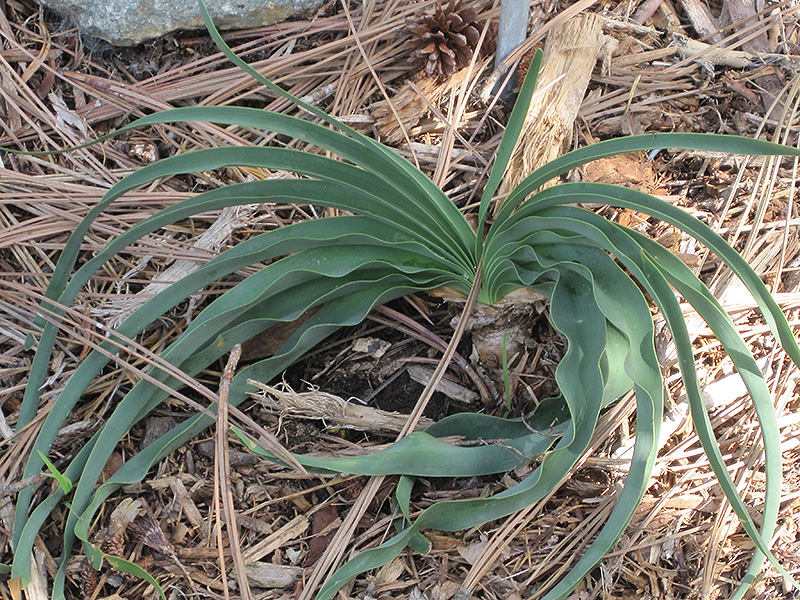PLANTFINDER
search. discover. plant.
Plant Height: 12 inches
Flower Height: 30 inches
Spread: 12 inches
Sunlight:
![]()
![]()
Hardiness Zone: 3
Other Names: Wild Squill, Blue Hyacinth
Ornamental Features
Blue Squill features showy spikes of sky blue star-shaped flowers with white eyes rising above the foliage from early to mid spring, which emerge from distinctive white flower buds. Its grassy leaves remain green in color throughout the season.
Landscape Attributes
Blue Squill is an herbaceous perennial with tall flower stalks held atop a low mound of foliage. It brings an extremely fine and delicate texture to the garden composition and should be used to full effect.
This is a relatively low maintenance plant, and should be cut back in late fall in preparation for winter. Deer don't particularly care for this plant and will usually leave it alone in favor of tastier treats. It has no significant negative characteristics.
Blue Squill is recommended for the following landscape applications;
- General Garden Use
- Naturalizing And Woodland Gardens
Planting & Growing
Blue Squill will grow to be about 12 inches tall at maturity extending to 30 inches tall with the flowers, with a spread of 12 inches. It grows at a fast rate, and under ideal conditions can be expected to live for approximately 5 years. As an herbaceous perennial, this plant will usually die back to the crown each winter, and will regrow from the base each spring. Be careful not to disturb the crown in late winter when it may not be readily seen! As this plant tends to go dormant in summer, it is best interplanted with late-season bloomers to hide the dying foliage.
This plant does best in full sun to partial shade. It does best in average to evenly moist conditions, but will not tolerate standing water. It is not particular as to soil type or pH. It is somewhat tolerant of urban pollution. Consider applying a thick mulch around the root zone in winter to protect it in exposed locations or colder microclimates. This species is not originally from North America, and parts of it are known to be toxic to humans and animals, so care should be exercised in planting it around children and pets. It can be propagated by multiplication of the underground bulbs.
A NetPS Plant Finder tool

